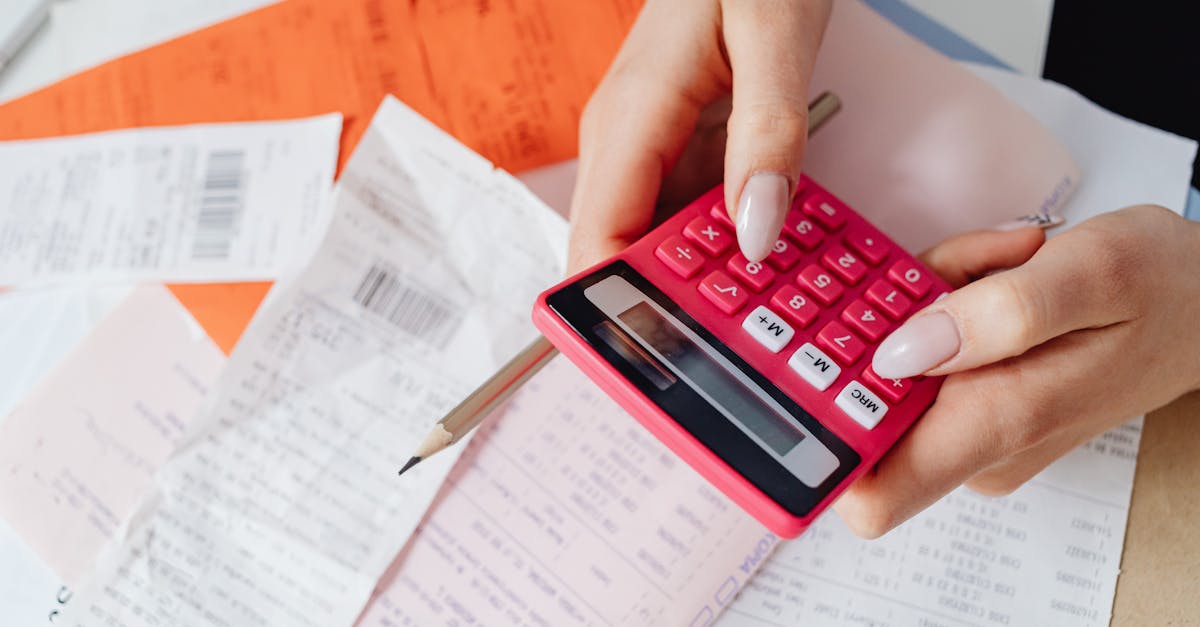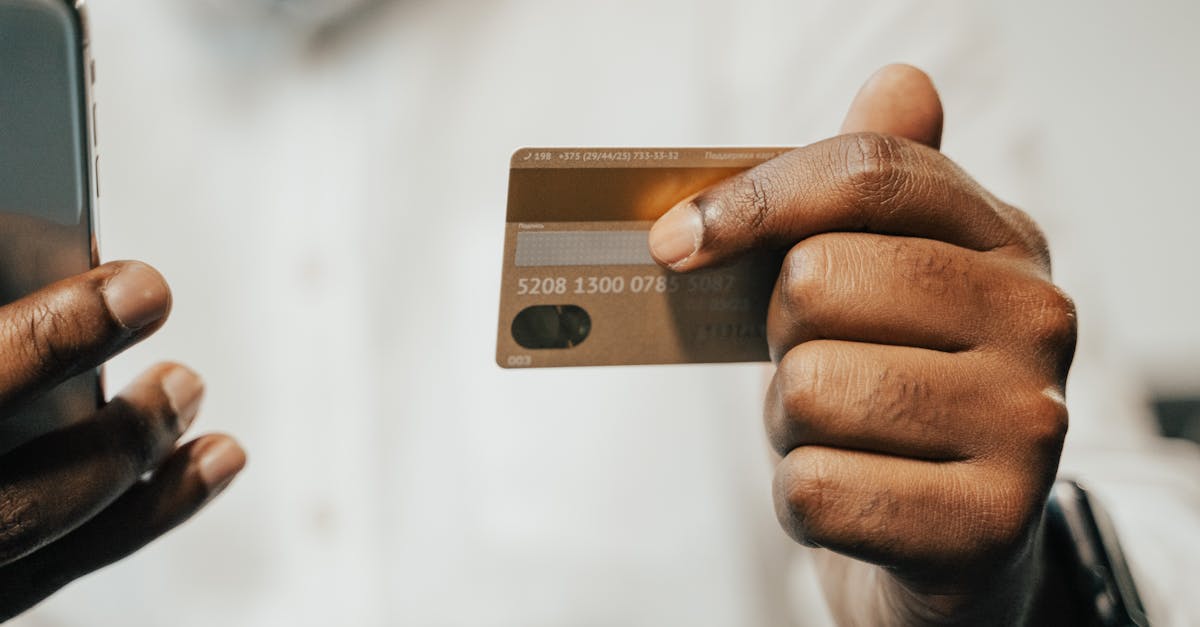The Growth of Mobile Payments Best Apps and Security Tips
Introduction
With the rapid advancement in technology, mobile payments have taken center stage in transforming how we handle transactions. Providing convenience, speed, and security, these platforms have become vital in our daily financial activities. Let us delve into the world of mobile payments, exploring the top apps and essential security tips.
Advertisement
Revolutionary Evolution
Digital payments have evolved beyond traditional banking, thanks to the increasing penetration of smartphones and the internet. People now prefer mobile payments over cash or card due to ease of use and instant transfers. In 2023, global mobile payment transactions surpassed trillions of dollars, showcasing the shift towards a cashless society.
Advertisement
Best Mobile Payment Apps
Several apps have emerged as market leaders in the field of mobile payments. PayPal continues to be a prominent player, known for its wide acceptance and robust security features. Meanwhile, Venmo has captured the younger audience with its social media-style interface. Apple Pay and Google Wallet offer seamless integration with their respective devices, further boosting their user base.
Advertisement
Rise of Contactless Transactions
The recent global health crisis accelerated the adoption of contactless payments. Mobile payments rely on NFC (Near Field Communication) technology that allows users to tap and transact without physical cards or cash. This feature has improved shopping experiences and reduced contact, promoting hygiene and safety.
Advertisement
Security Features in Mobile Payment Apps
Security is a top concern when it comes to mobile payments. Most apps employ multi-factor authentication, tokenization, and biometric verification to safeguard transactions. Many apps use encryption to protect sensitive data, ensuring it remains unreadable during transactions. These preventive measures build trust and enhance user confidence.
Advertisement
User Convenience and Accessibility
Mobile payment apps have expanded their reach beyond metropolitan regions, ensuring that even small-scale vendors and rural areas are covered. Features like QR code payments and peer-to-peer transfers have simplified transactions for individuals and commercial enterprises. This widespread accessibility facilitates economic inclusion and growth.
Advertisement
Tips for Secure Mobile Payments
Despite high security, users must take proactive measures to ensure safety. Regularly updating payment apps reduces vulnerability to cyber threats. Using strong, unique passwords coupled with two-factor authentication adds another layer of security. It's equally crucial to monitor transactions frequently and report any suspicious activity immediately.
Advertisement
Mobile Payments and Small Businesses
For small businesses, mobile payments have revolutionized operations by offering affordable and efficient payment solutions. Setting up a mobile payment system requires minimal cost compared to traditional systems. This adaptation has opened new avenues for businesses to engage with tech-savvy customers, paving the way for growth and stability.
Advertisement
Challenges and the Road Ahead
While mobile payments offer numerous benefits, the industry faces challenges like cyber threats, digital literacy gaps, and data privacy issues. As technology evolves, continuous efforts are required to address these challenges. Collaboration between developers, financial institutions, and regulators is critical to ensuring a secure and inclusive payment ecosystem.
Advertisement
Conclusion and Future Outlook
In conclusion, the growth of mobile payments signifies a promising shift towards a seamless and cashless future. Relying on user-friendly apps and stringent security measures, the global transaction landscape is more evolved than ever. As we move forward, innovation and collaboration will be key to unlocking the full potential of mobile payments for all.
Advertisement





